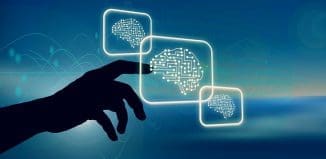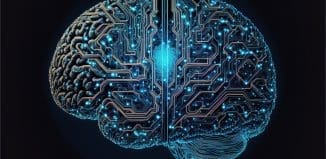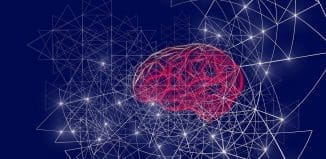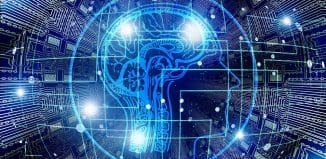Next Evolution in Law Enforcement Work
This post is also available in:  עברית (Hebrew)
עברית (Hebrew)
Law enforcement organizations face a complex landscape of threats, while coping with huge amounts of crime data, from a lot of sensors, information from other open sources, including crime tips from citizens, etc. Looking for crime patterns, investigators have historically built patterns with a process that is manual, time-consuming, memory based, and liable to inefficiency, according to pubsonline.informs.org
So now, police departments are starting to use machine learning to make smarter, more informed policing decisions, and proactively identify correlating data points and transform them into actionable insights in order to provide safer responses and reduced risk.
Public safety agencies like the New York Police Department see significant potential in pattern recognition algorithms, AI and the ability to turn unstructured data into structured data that supports and informs police work.
Predictive policing can be defined as “the application of analytical techniques — particularly quantitative techniques — to identify likely targets for police intervention and prevent crime or solve past crimes by making statistical predictions,” according to a RAND Corporation report.
Evan Levine, the NYPD’s assistant commissioner of data analytics, and Alex Chohlas-Wood, former director of analytics for the NYPD, developed a set of three supervised machine-learning models, called Patternizr.
This decision support tool and recommendation engine consist of a set of machine learning models to make searching for crime patterns more efficient and effective, according to statetechmagazine.com.
“Data ingestion and correlation through AI tools is helping to eliminate blind spots that have been exploited by criminals. The additional visibility and insights into the data enable humans to gain a better understanding of situations so they can make more informed decisions,” said Richard Zak, Microsoft’s director of justice and public safety solutions.
Unstructured data, or data that does not easily conform to existing data models and formats, fill police reports. Such data can include descriptions of assailants, what a victim did in response to a suspect’s actions, items that were stolen in a robbery and more. Patternizr is a key example of how law enforcement agencies are using machine learning and pattern recognition analytics to spot similarities in crime and help improve public safety.
The tool takes a “seed” complaint, chosen by a police department data analyst, and compares this seed against the hundreds of thousands of recorded crimes in NYPD’s crime database. With each comparison between a crime and the seed, the tool generates a “similarity score” that measures how likely it is that the pair of crimes are in a pattern together, according to the report. Once all of the similarity scores have been generated, Patternizr then ranks the pairs in descending order by similarity score and returns a list for the analyst to review.
The complaints most likely to be in a pattern with the seed complaint appear at the top of the list, according to Levine and Chohlas-Wood. After reviewing these ranked results, the analyst can then decide which complaints should be grouped together into a pattern.




























